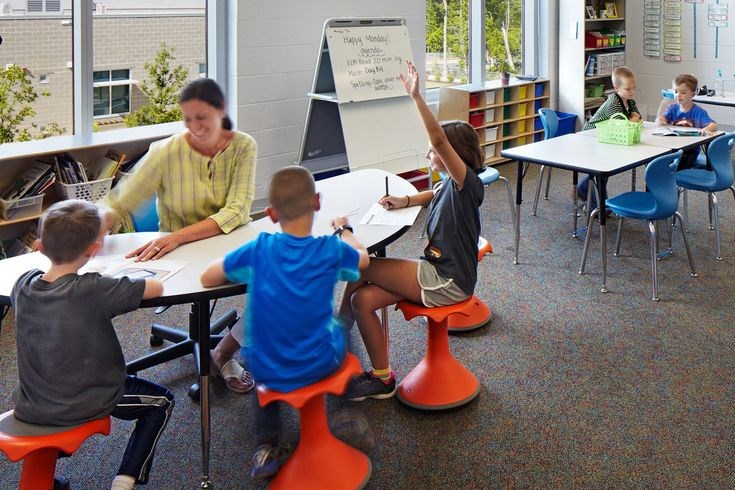Enhancing students’ participation in K-12 education is a complex process that should involve effective approaches to learning, technology integration, and learner-specific pedagogy. Student and their attendant interferences in the classroom as well as students’ needs mean that the teachers’ engagement should enable the students to actively participate, think critically and be motivated. Failure to pay attention to interaction, relevance and flexibility affects the learning achievement and involvement of students, hence; schools need to develop means and ways of implementing the strategies to enhance the learning environment.
Teaching-learning strategies like project based approach, brainstorming, simulations, practice through games etc. are very effective. These approaches involve the students rather than letting them sit and assimilate information fed to them. Thus placing students into groups to work on such projects enables them to be able to work on real word problems and develop skills such as problem solving, creativity,-problem solving, team work, and enables the learning process to be more meaningful and interesting.
Essential functions involve the incorporation of technology to improve the performance of students. Interactive materials, games, and virtual lessons make it more engaging as well as allow the implementation of customization of lesson plans by using available technologies. Flexible learning system adjusts the learning process taking into consideration when a student requires more challenging material, motivation rises together with the approaches that learning is made easier.

Teachers find high importance in aspects such as the forming of a positive atmosphere in the classroom so as to support students’ learning. Teachers should make outcomes positive, set up relationships friendly, and promote communication development and appropriate feedback. Success in the classroom should require students to feel safe in their environment and to understand that they are valued and respected and this makes them more comfortable in participation in the classroom. Another advantage of culturally responsive teaching also entails ensuring students identify themselves in the curriculum, this makes them develop interest.
Lastly, Enhancing students’ autonomy and voice increases motivation and responsibility. It also stimulates motivation when students are allowed to choose their areas of interest, do projects on things that interest them or even learn what they want. It means the students’ input will be valued hence enhancing their interest in studies, reactivity, better grades and more fruitful learner experience.
Conclusion
Promoting Effective Learning in the K-12 System also requires application of a combination of activities, information technology, multicultural diversification of students, as well as the encouragement of student participation. Effective participation can be used to achieve the following in an article or a lesson; using technology as a tool in teaching and learning to boost learners’ engagement and success. This explains why the principles of relevance and student choices enhance provision of motivation requisite to enable students to overcome other challenges leading to increased learning achievements and an all-round meaningful learning process.